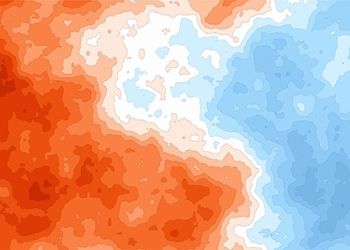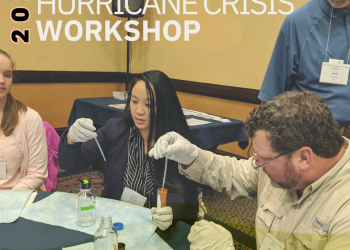The Centers for Disease Control and Prevention (CDC) and the Agency for Toxic Substances and Disease Registry (ATSDR), in partnership with the Department of Health and Human Services, released the Environmental Justice Index (EJI) on August 10, 2022 — the first national, place-based tool designed to measure the cumulative impacts of environmental burden through the lens of human health and health equity.
The EJI delivers a single environmental justice score for each community so that public health officials can identify and map areas most at risk for the health impacts of environmental burden. Social factors such as poverty, race, and ethnicity, along with pre-existing health conditions may increase these impacts. This tool helps public health officials prioritize action for those communities most at need.
In addition to delivering a single score for each community, the EJI also scores communities on each of the three modules in the tool (social vulnerability, environmental burden, health vulnerability) and allows more detailed analysis within these modules.
Individuals and community-based organizations, public health officials at local state and federal levels, scientists, and researchers can use the EJI to:
- identify and prioritize areas that may require special attention or additional action to improve health;
- educate and inform the public about their community;
- analyze the unique, local factors driving cumulative impacts on health to inform policy and decision-making; and
- establish meaningful goals and measure progress towards environmental justice and health equity.
See Environmental Justice Index Fact Sheet (cdc.gov) for quick facts on the EJI and Environmental Justice Index (EJI) FAQ (cdc.gov) for frequently asked questions.
Visit the CDC’s EJI site at https//eji.cdc.gov.
To share feedback, please email [email protected].





